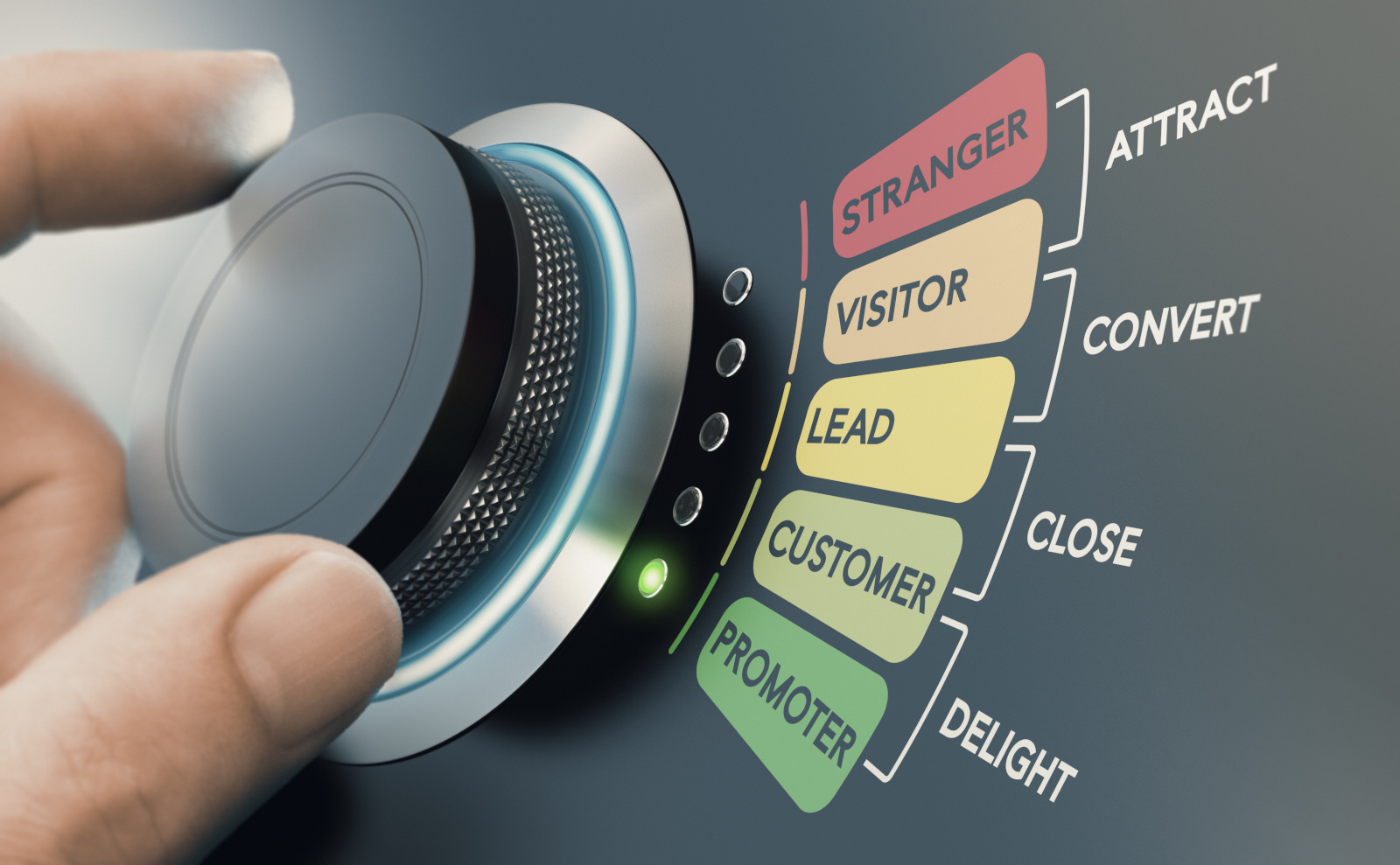2023 is fast approaching. That means new digital marketing trends are already coming down the pipe for 2023. Pay per click (PPC), for instance, is here to stay but the way it’s working is constantly changing.
With changes to cookies in the works, plus changes in how people search, watching the PPC space will be crucial for your marketing efforts in the upcoming year. Here’s what we see coming down the pipe in 2023 and what you should do about it.

Watch This Space: Voice and Video
Video ads have exploded this year, and SEO experts agree that they’re going to be a hot trend in 2023. Even if you don’t have the ad budget to produce a video, watching this space and getting creative with video formats can benefit you.
As people use voice recognition software to search more, you should also ensure your PPC and SEO strategies are optimized to voice search. Per Search Engine Journal, a whopping 71% of consumers prefer searching this way over typing. Check out the article to discover tips and tricks to optimize your SEO for voice, including using conversational keywords, incorporating an FAQ page to optimize your site for questions, and making sure your Google Business Profile is claimed and up to snuff.

First-Party tracking tools
Apart from the saga of third-party cookies and their fate at Google, remember there are more tools from Google and other search engines that you can use. To help you switch to a first-party data PPC strategy, Google Tag Manager and offline conversion tracking are useful tools to look into.
Google Tag Manager is a tool that you can add to your website to manage all the Google products and services that you use all at once. The tag acts as a one-stop shop where you can see your metrics from Google Ads, analytics, and more from one place.
Offline Conversion Tracking helps you track offline conversions, like phone sales and in-store purchases. That way, you can measure how you’re doing away form the computer screen, too. Offline conversion tracking allows you to upload data from registers, phone sales, and more. If you have Hubspot, Salesforce, or Zapier, you can upload data from those platforms, or import them directly to Google Ads conversion import.
Remember, though, Google isn’t the only kid on the block. You can also target ads and use pay per click with Bing, the second-largest search engine to date.

Good-bye, third party cookies?
As a consumer, rejoice! Google is apparently doing away with its third-party cookies so your data won’t be sold to advertisers for targeted ads. Well … sometime this century.
According to Search Engine Journal, Google has delayed the phase-out from the second quarter of 2022 to 2023 and now until the end of 2024. While Adexchanger.com speculates that Google may be kicking the phaseout down the road indefinitely, they’re opening testing to Google users for their Privacy Sandbox software. Users will be able to use the tools to block some or all third-party cookies at their own discretion.
We’re not sure when – or if – Google will do away with third-party cookies all together. Either way, get ready to reconfigure your PPC approach to rely less on third-party trolling and more on your first party data. WebFX and other leading industry experts suggest revamping your PPC strategy towards first-party data sooner rather than later. That means targeting your ads to people who already engage with your brand, be they social media followers, eblast subscribers, or established customers.

Holistic approach
From search strategies to keyword selection, targeting your audience holistically is your best bet as these changes come down the pipe. But what does holistic approach mean, exactly? According to Search Engine Journal, it means focusing everything in your organization and campaign around your big goals: “getting the click and converting it.”
After all, you’re not testing keywords and website performance for fun. The goal is to increase reach, keep customers engaged, and funnel them from their search to buying your product or service. And everything about your marketing and presence should be consistent and engaging.
So go beyond PPC. It’s just one tool you should have in your toolbox, and should work with your company’s entire presentation. Ask yourself if your website is on-brand, your content communicates your mission and values to customers, and if you’re doing enough outreach through social media, eblasts, and blogs.
Still worth it?
Although Pay Per Click can seem confusing, more expensive than organic traffic, and is constantly changing, yes! For every dollar spent on Google pay-per-click ads, a company receives $2 back on average according to Creative Website Marketing. WordLead further states that PPC traffic brings more than 50% more conversions than organic traffic. Not only does PPC increase traffic, it also brings conversions, making PPC one of many worthy investments in your marketing toolkit.
If you want to drive more traffic to your site but don’t have the time, give us a call for a free consultation! We’ll help you strategize and get back to doing what you do best. Run your business. We’ll take care of the marketing.
